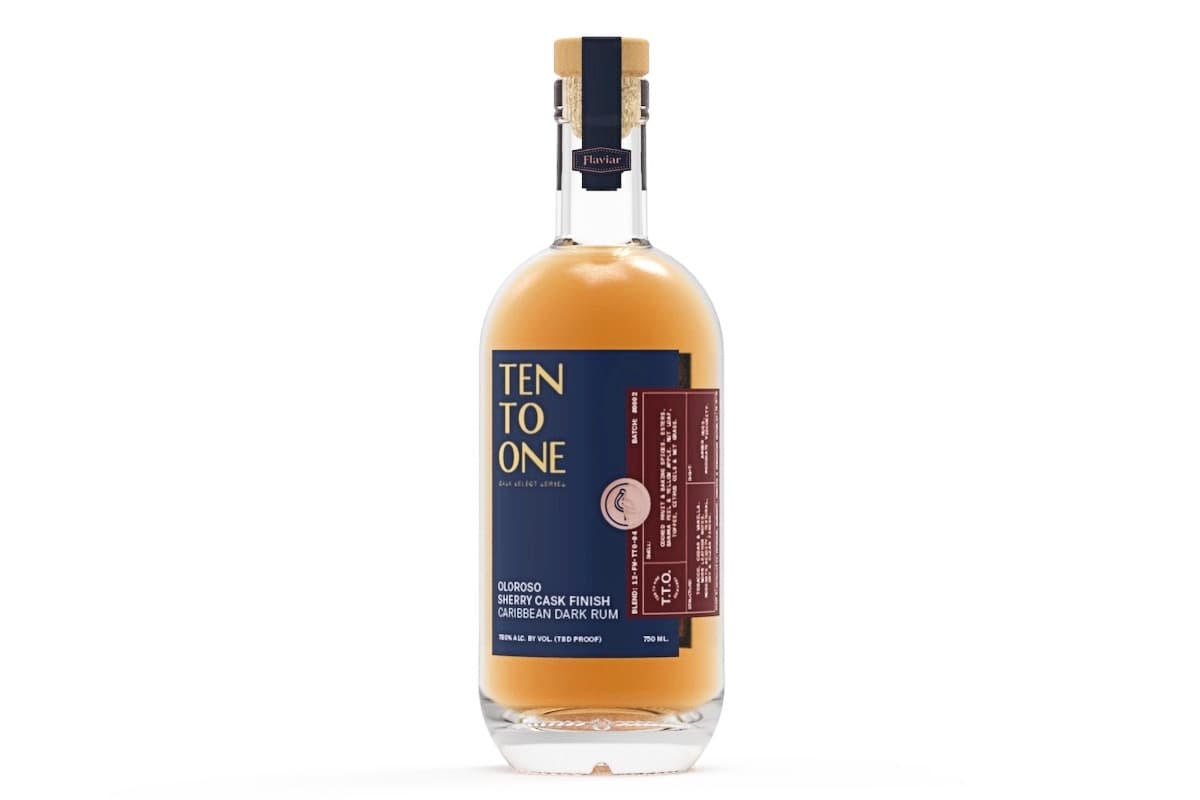This post is part of our Rum Hub.
Rum is often associated with tropical locales—as the majority of rum production occurs in the Caribbean and Latin America—but the truth is that rum is produced in nearly 100 countries around the world. In fact, rum was once the most popular distilled spirit in the United States, with New England leading the charge as one of the largest rum distilling regions in the world. George Washington even served rum at his inauguration in 1789. So, really, it’s the world’s spirit.
But despite that storied history, rum has long been relegated in the public consciousness to fruity cocktails and spring break.
Fortunately, rum is beginning to gain the respect it deserves, and the best rums are now being seen as equals to top-tier whiskeys and brandies. So as you pick up your next bottle from the liquor store, or order a stiff drink at your favorite bar, don’t sleep on rum. But first, a primer:
What Is Rum?
Legally, rum is a distilled alcoholic beverage that is derived from the fermented juice of sugarcane or sugarcane byproducts, like molasses. It must be distilled to no higher than 190 proof (95% alcohol-by-volume), and bottled at no less than 80 proof. That’s enough to satisfy the U.S. Tax and Trade Bureau. But from there, you’ll find many country-specific protections, similar to those applied to scotch and cognac. For example, the French island of Martinique enforces very precise rules for its rums, which bear an Appellation d’Origine Contrôlée (AOC) label. Countries such as Barbados and Jamaica have their own production regulations. And even Cuba has a detailed Geographical Indication that outlines how Cuban rums must be produced.
Beyond that, rum liqueurs and flavored rums subscribe to their own legal classifications, but neither can be bottled below 60 proof. Now, for some popular types of rum:

Rum Styles
Classifying the many styles of rum is no easy task, particularly given the varied production, blending, and aging methods utilized around the world. Plus, some rums add sugar for richness and color for consistency. This makes ubiquitous terms like “white rum,” “gold rum,” and “dark rum” almost meaningless, as none are indicative of a rum’s age or quality. But considering the prevalence of these descriptors, it’s still helpful to know what you’re dealing with.
White Rum
Sometimes called Silver Rum, white rums are usually clear and lighter in flavor and body than darker rums. White rums can be unaged, but are often aged for a year or more—and sometimes up to as many as eight years—before filtering out the color. White rums vary wildly, and include Bacardi Superior (a mild 80-proof rum aged for at least 12 months in oak), Denizen (a blend of rums aged up to five years) and Wray and Nephew Overproof, an unaged, 126-proof flavor monster. All white rums, all strikingly different.
Gold Rum
Gold rums are often aged for several years, and that time in barrels imparts color and flavor to the spirit. Caramel coloring may be added to achieve consistency across batches. Gold rums are good candidates for cocktails, as the aging and medium-bodied character stand up well alongside other ingredients like citrus. Like other styles of rum, gold rums do not contain any specific aging requirement.
Dark Rum
Similar to white and gold rums, the term “dark rum” doesn’t mean much, other than as a way to differentiate these spirits from lighter-colored varieties. And the actual color can be achieved via barrel-aging or by adding color. As a result, a two-year-old rum can be significantly darker than a 12-year-old rum. That said, rums classified as “dark” are typically characterized by bolder, richer flavors, and often a good choice for sipping on their own.
Rhum Agricole
This category of rums (or rhums, as the French spell it) hails chiefly from the French territories of the Caribbean, which include Martinique, Guadeloupe, and Marie-Galante, and is distilled from fresh cane juice. Of these territories, only Martinique’s rums include a formal designation and protection via its Appellation d’Origine Contrôlée (AOC). Otherwise, rum agricole has no formal protections, and the term can be applied to other rums from other countries—most notably Haiti—which produces a range of good examples.
Cachaça
Cachaça is distilled from fresh-pressed sugarcane juice—making it very similar in style to rhum agricole—and is the national spirit of Brazil. It can be unaged or aged, and must be bottled between 38% and 54% ABV. While most rums are aged in oak barrels, Cachaça can employ a variety of woods, and will often use local Brazilian woods like amburana, which impart different flavors into the final product. Cachaça is hugely popular in its native country, while outside of Brazil, its consumption is almost entirely tied to its inclusion in the Caipirinha cocktail.
Spiced Rum
Spiced rums attain their flavors through the addition of spices, sugar, and other flavorings to a base of rum, which can vary from white to gold to dark. The actual spices will differ from one product to the next, but popular additions include cinnamon, vanilla, nutmeg, allspice, cloves, ginger, and honey. While straight rums must be bottled at no less than 40% ABV, rums designated as spiced or flavored will vary in proof, with 35% ABV proving to be a popular sweet spot.
Rum Cocktails

Mai Tai. Photo: Hilton Aruba.
Rum is a delightful addition to mixed drinks, and can be employed in simple two-part cocktails like the Rum and Coke, classic drinks like the Daiquiri, or elaborate tiki concoctions. Because rum is such a diverse category, there aren’t many limitations. Pair a light, tropical rum with fresh fruits for a refreshing poolside cocktail. Sub a good aged rum into an Old-Fashioned or Negroni. Or try blending multiple rums together to concoct something entirely unique. The only limit is your creativity (and what you’ve got on hand). So pickup a bottle, and get mixing.
Return to the Rum Hub.





